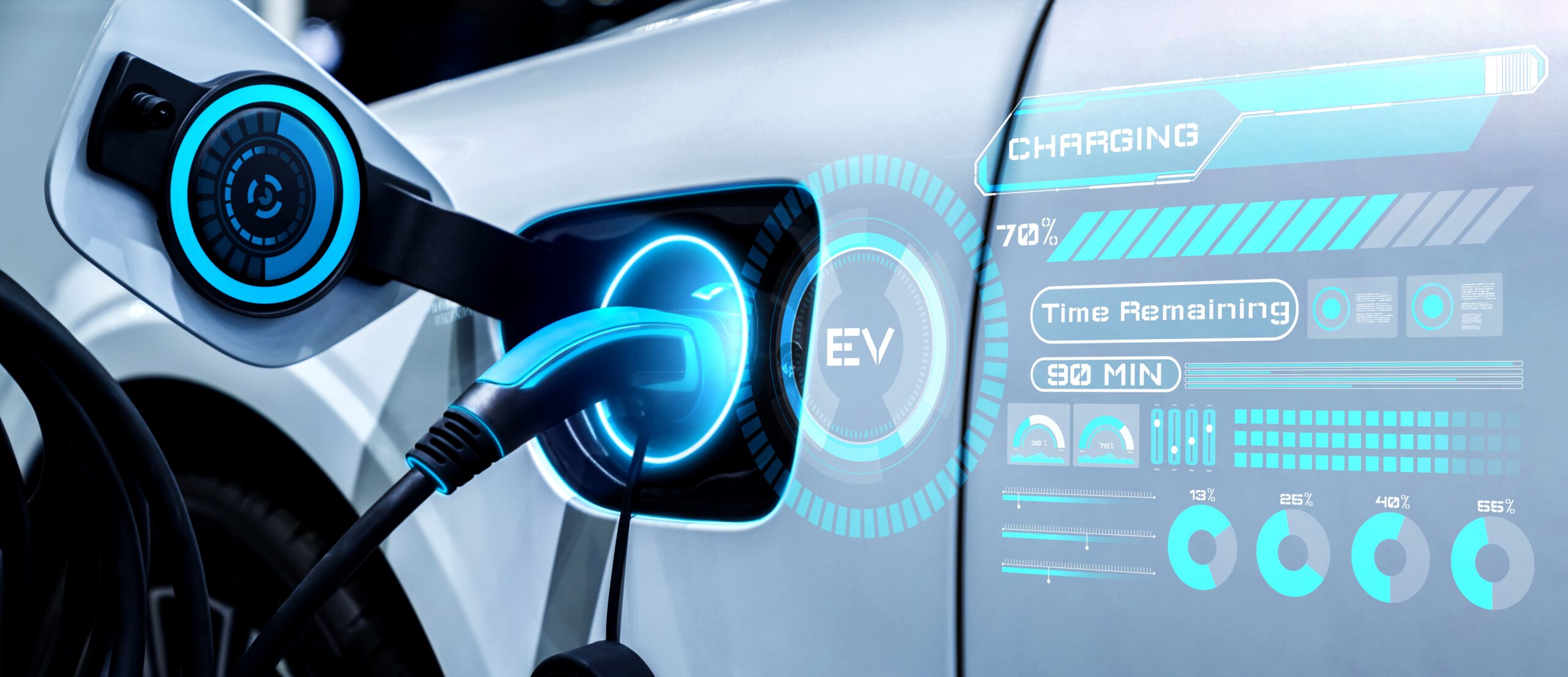n the utility world, the term “resiliency” is offered daily as the goal. “Keep the power grid resilient.” Distributed energy resources (DERs) play a critical role in achieving these targets in two complementary ways. At the risk of sounding pedantic, we need to address reliability at the grid level and resiliency at the end customer site.
That is to say:
- Reliability is the act of keeping the grid stable and the lights on. DERs support grid reliability by providing operators with forecasts and telemetry so that grid operators can make proactive, targeted decisions on how to dispatch front-of-the-meter and aggregated behind-the-meter solutions during periods of grid strain.
- Resiliency is the act of getting customers, and the broader electricity grid, back online as soon as possible and with minimal disruption. DERs can support this by providing backup generation, supporting black start capability and maintaining uninterrupted power flows at the site. In addition, DER-based resiliency solutions give repair crews more time to respond without compromising customer satisfaction.
Integrated reliability and resiliency then serve as the more complete solution for maintaining both power flows and customer satisfaction, but achieving such a solution on a mass scale requires monitoring, optimization and control capable of capturing that the value across numerous asset types and their associated vendors.

DER hardware and software combinations are proving critical tools in maintaining reliability and resiliency in the case of unavoidable outages. Several major use cases being applied around the North American continent include:
- The mitigation of wildfire risk by increasing system hosting capacity via strategic management of DERs in real time. Grid operators can make specified locational targets at high-risk feeders and thereby keep customers powered up in the case of a necessary outage (such as the public safety power shutoffs in California).
- Non-wires alternatives (NWAs) are becoming more commonplace as a growing number of regulators encourage or require utilities to look for opportunities to defer or omit costly poles and wires upgrades while maintaining grid reliability. Through localized generation, battery storage and traditional demand-side management programs, not only can NWAs support the achievement of clean energy targets, but they can also provide customers in specific grid locations with resiliency-supporting hardware.
- Defense against severe weather requires the use of DER management systems (DERMS) and distributed hardware solutions by taking inbound telemetry flows from hardware to keep control room operators aware of real-time field conditions. Targeted software interventions can help promote grid stability and when an outage occurs, pinpoint the customers who may have lost grid power and, where available, are relying on their own backup systems.
Together, reliability and resiliency allow utilities to strengthen their support of commercial, industrial and residential customers. Utilities today are sometimes offering these integrated solutions as Resiliency as a Service to their customers; however, financing options, incentives for program participation and specific event triggers may vary depending on grid operator need. The nexus of hardware and software solutions tackling both reliability and resiliency will very likely be be one of the major driving forces of DER and DER orchestration growth as severe weather intensifies.




